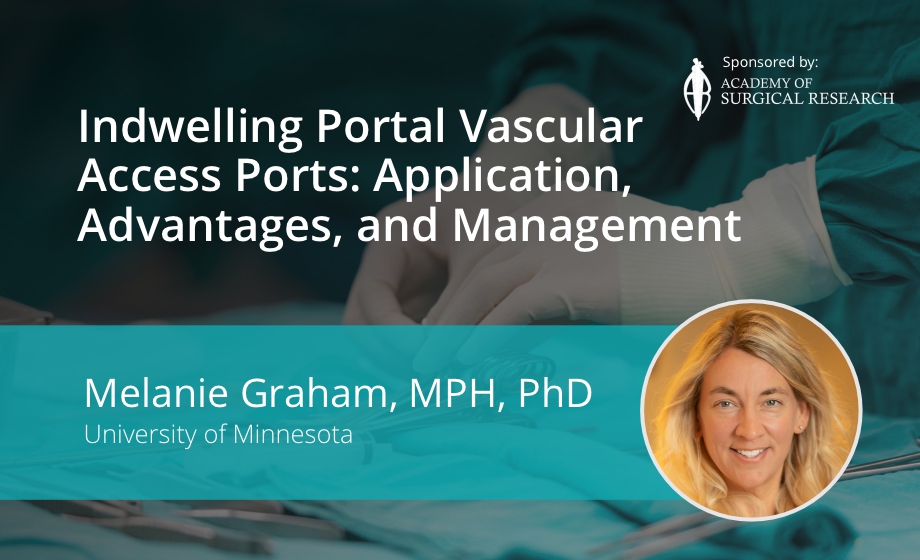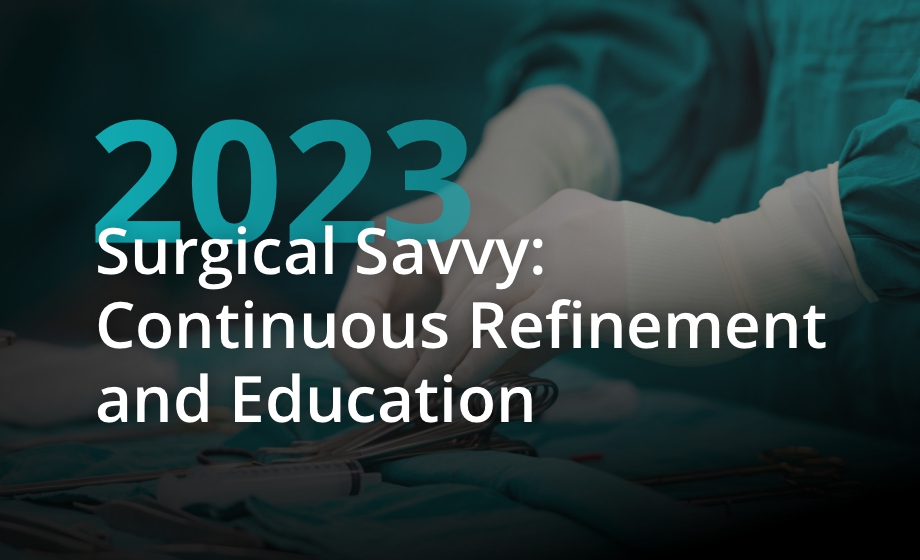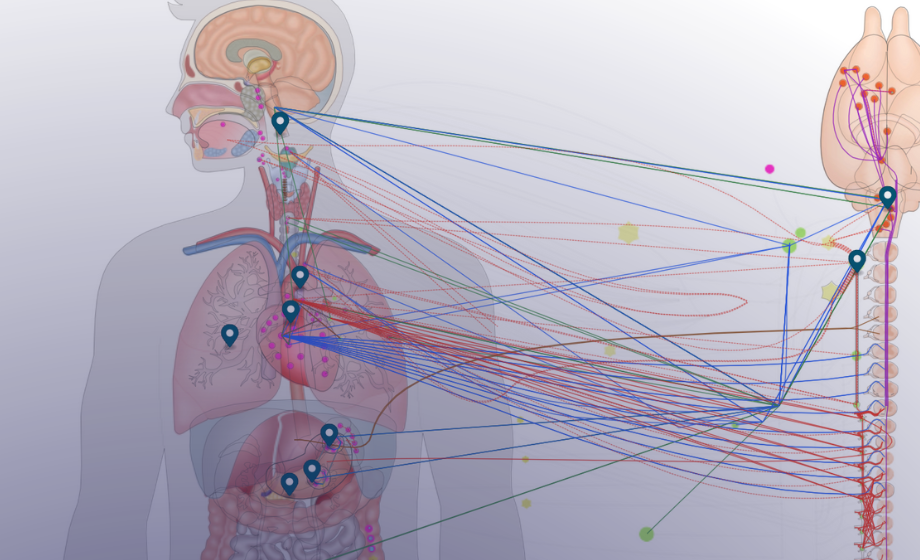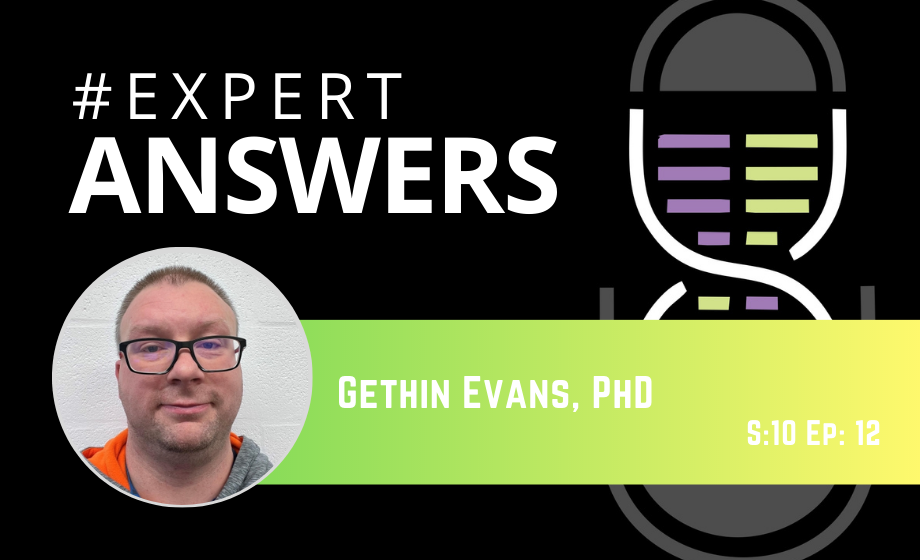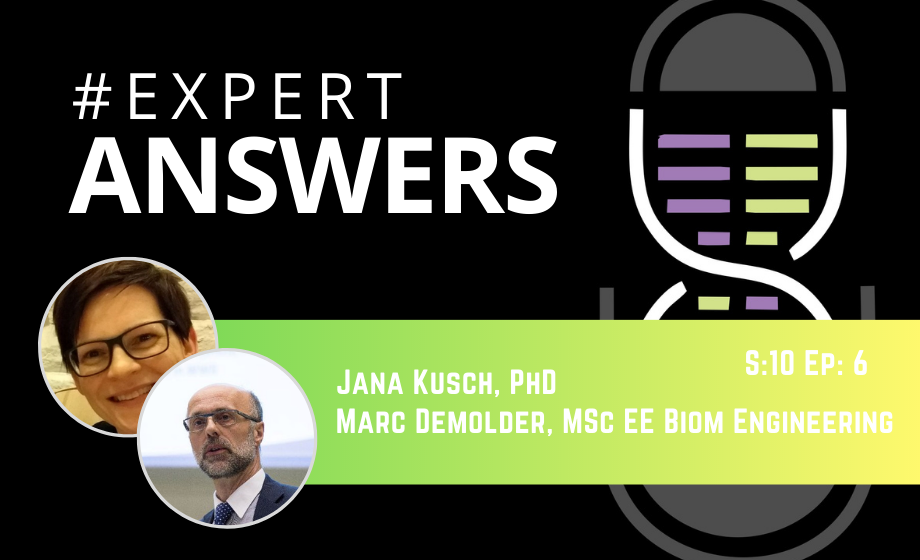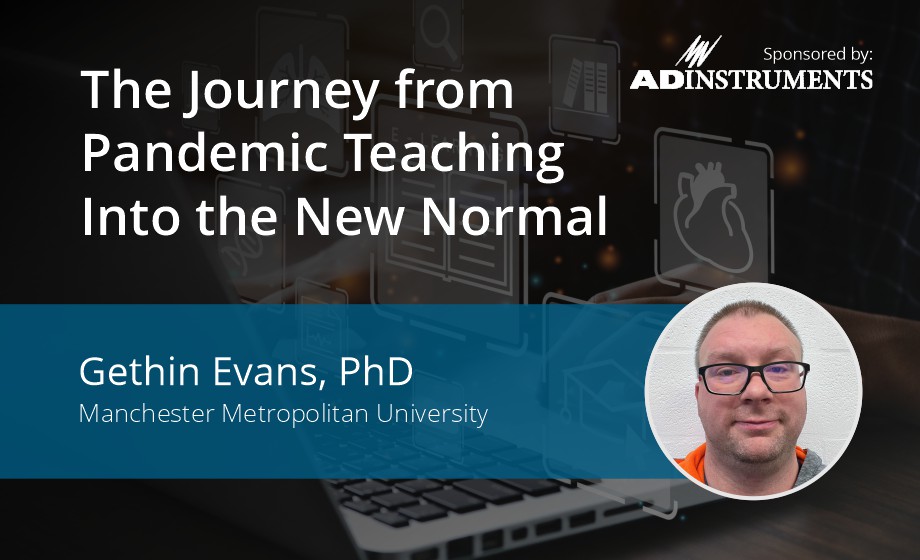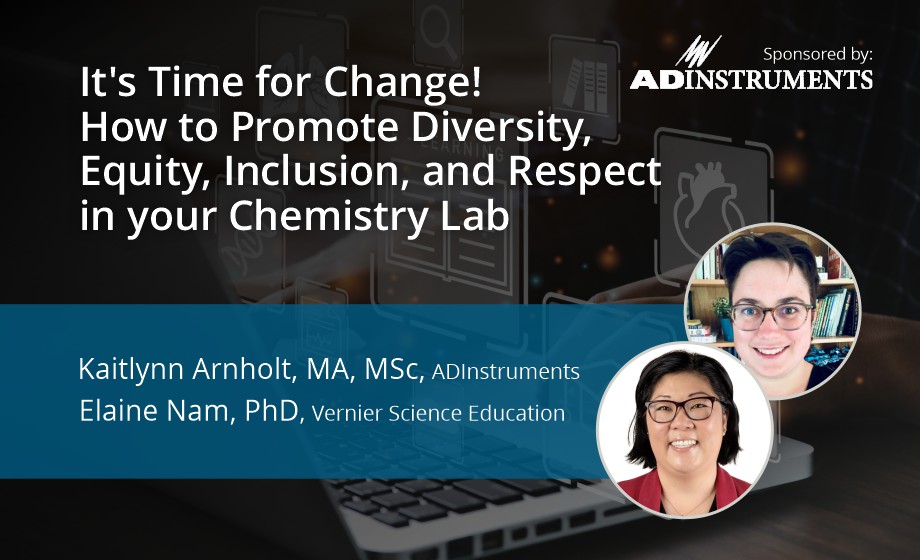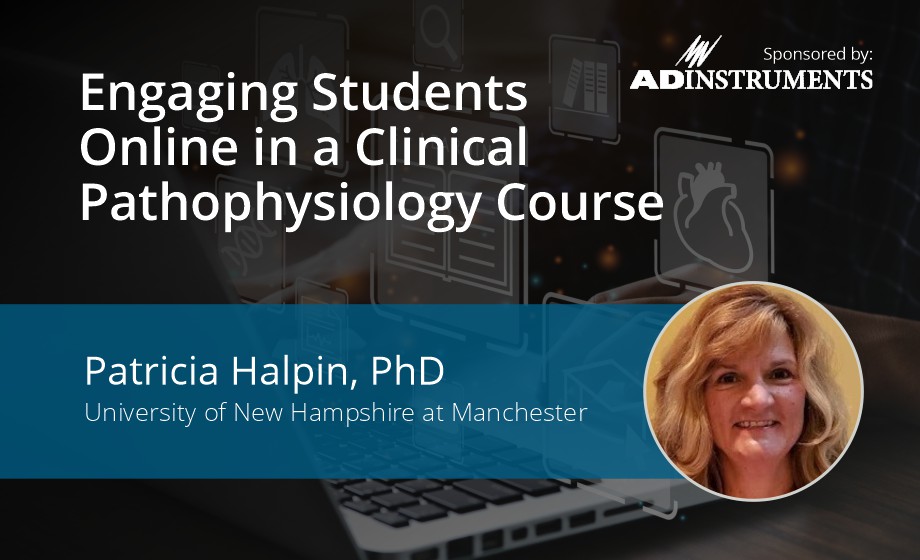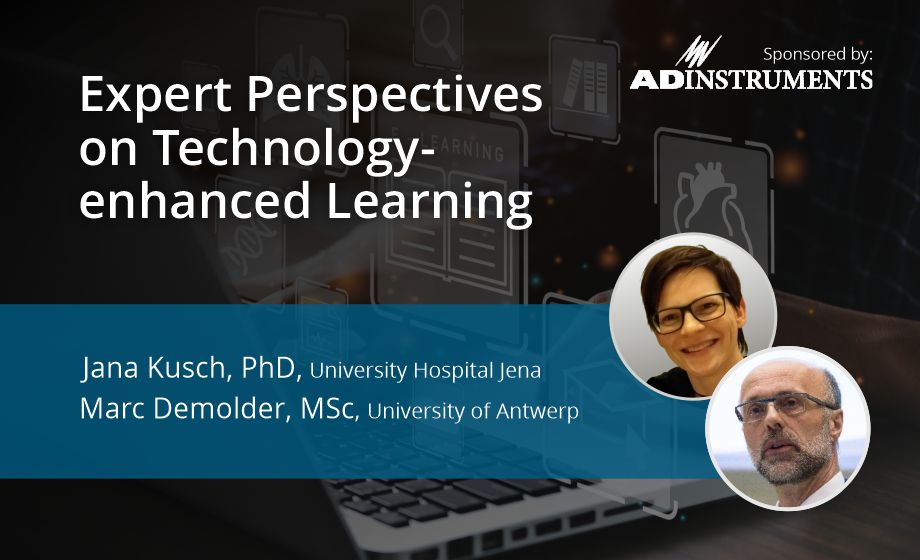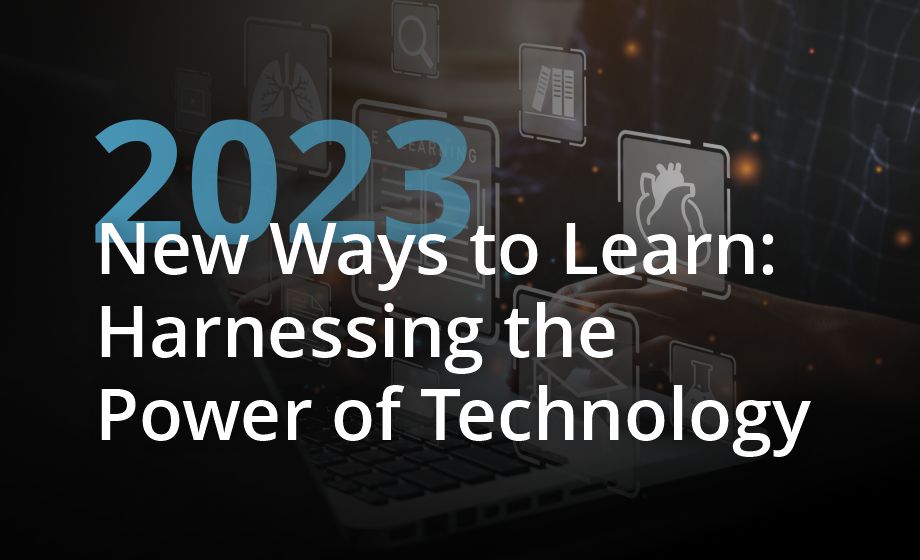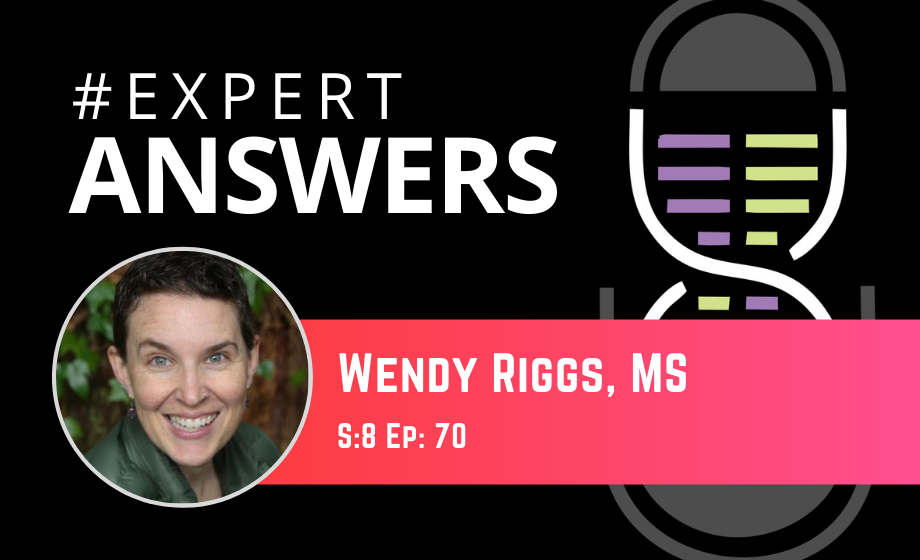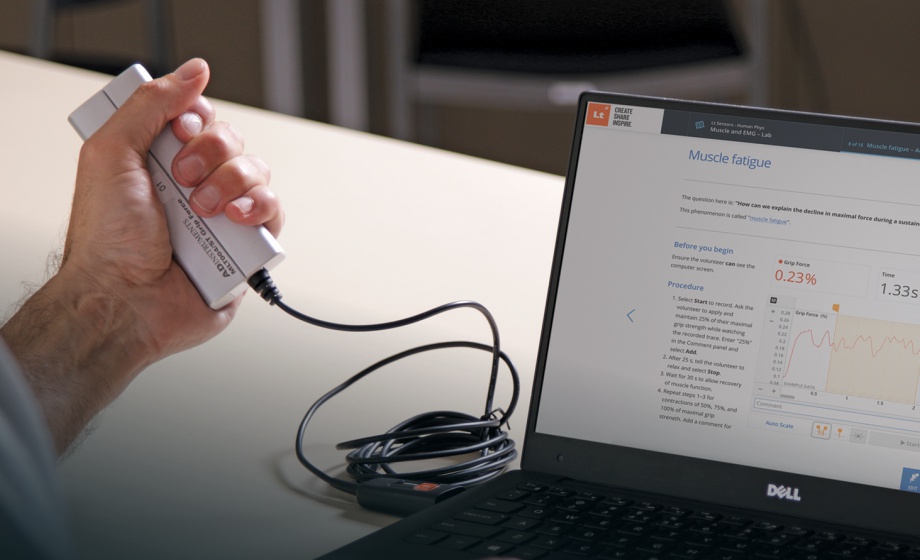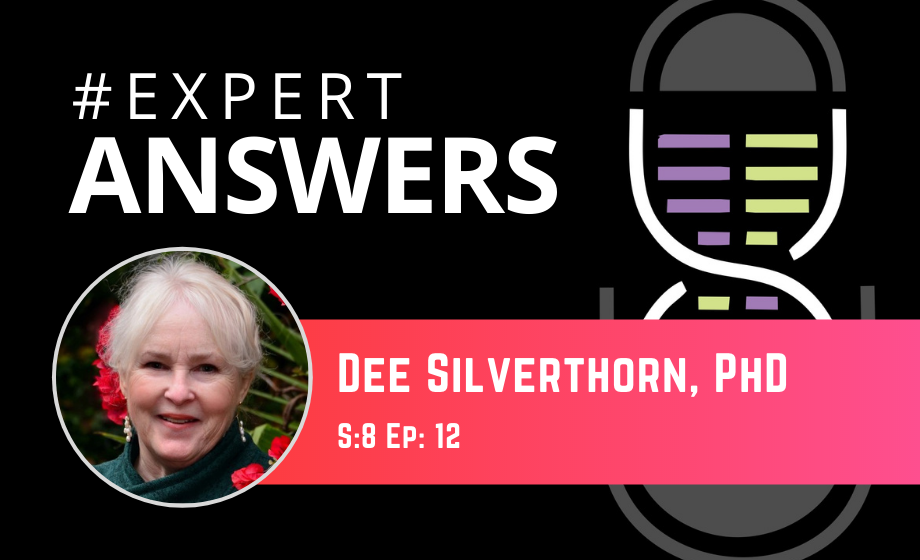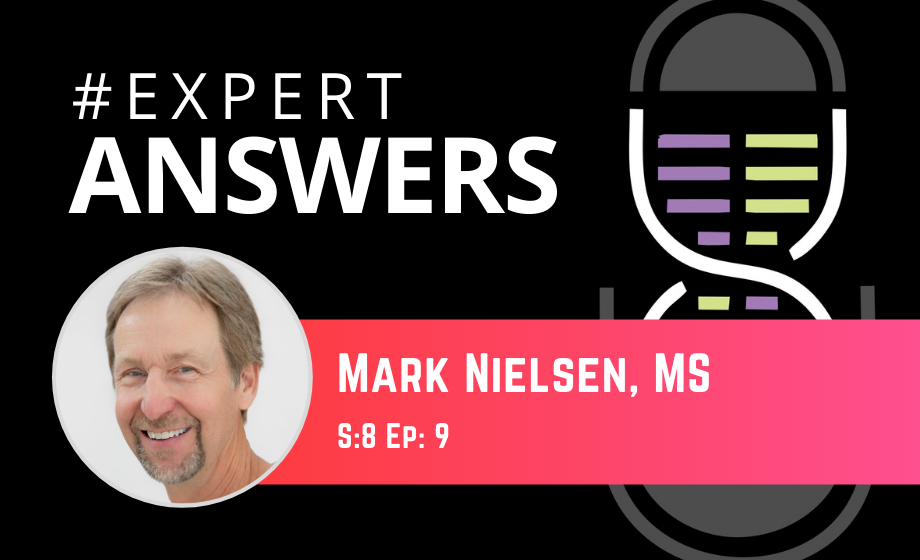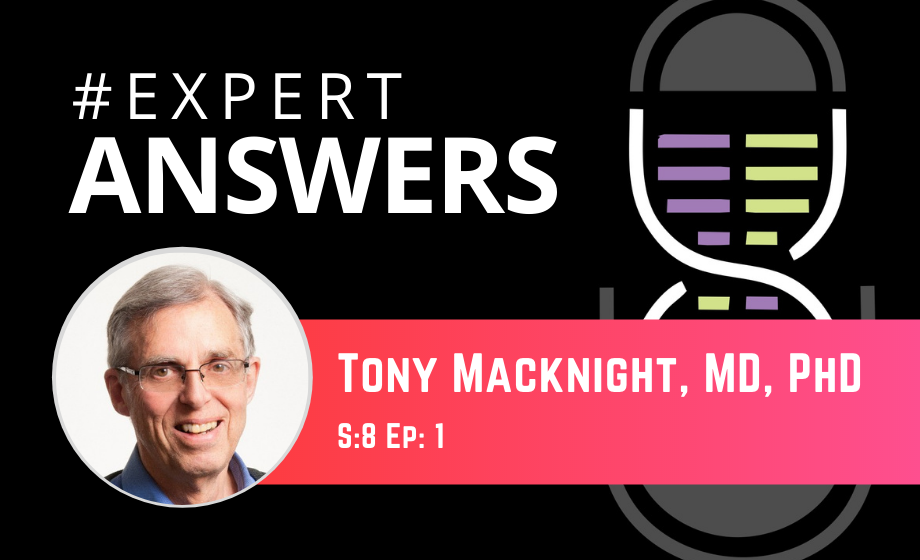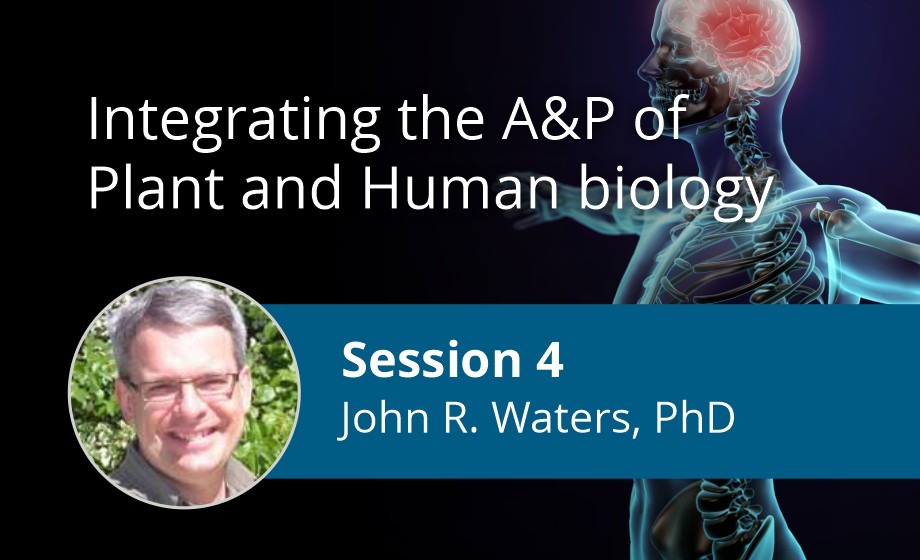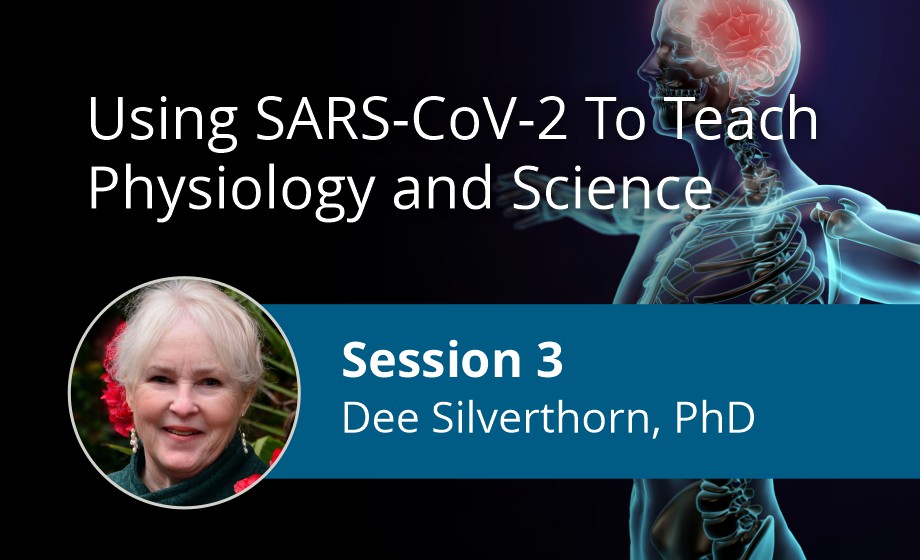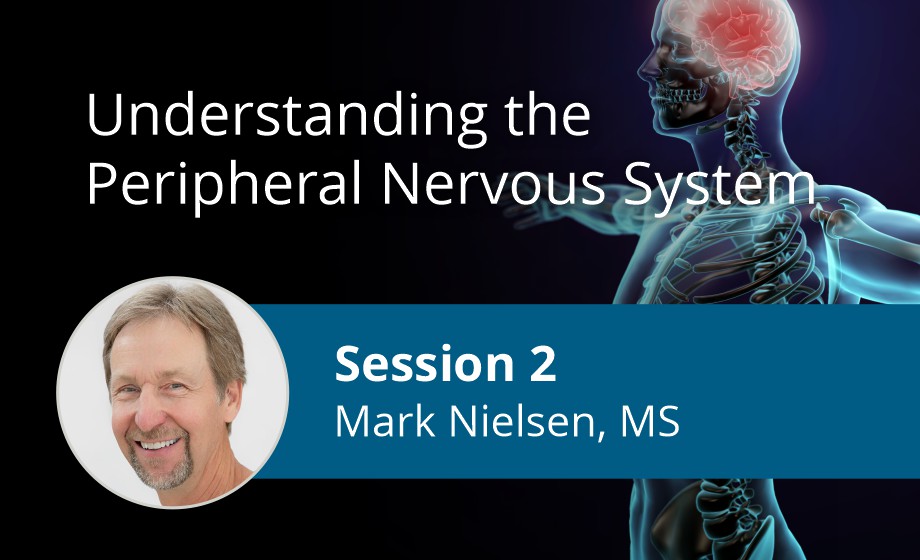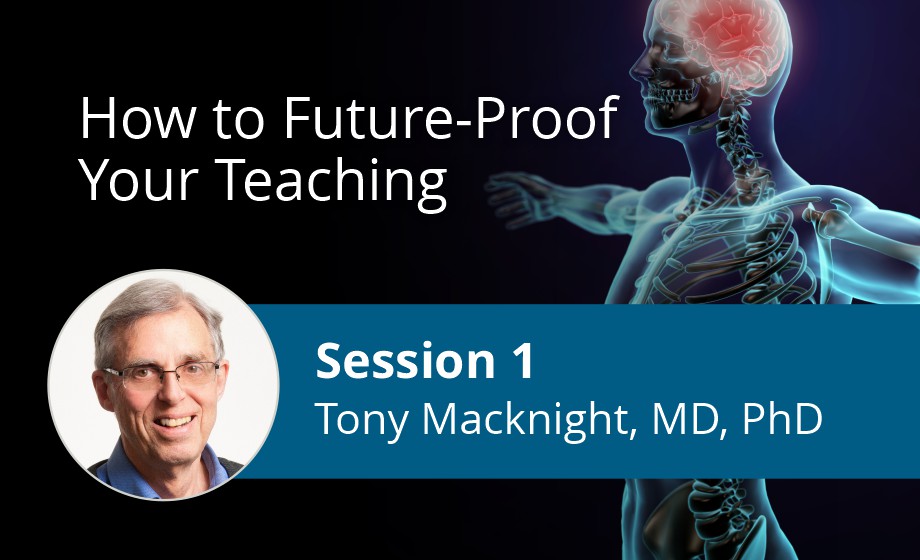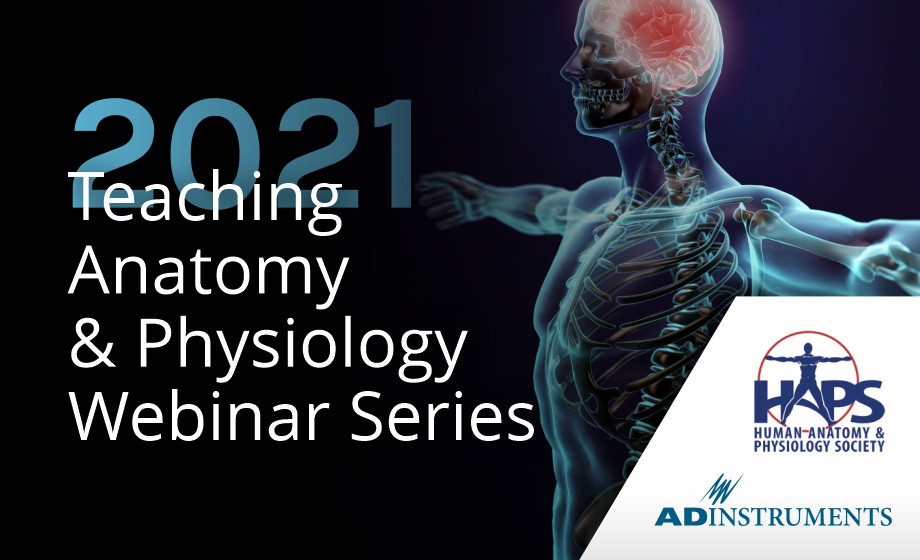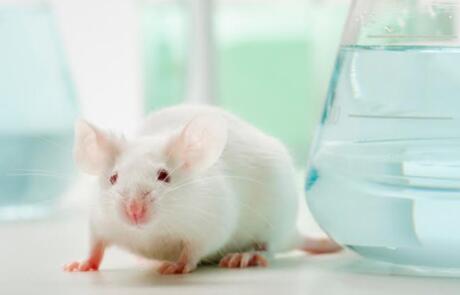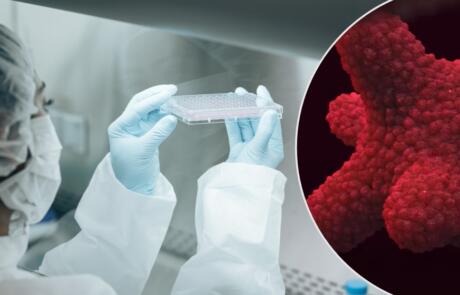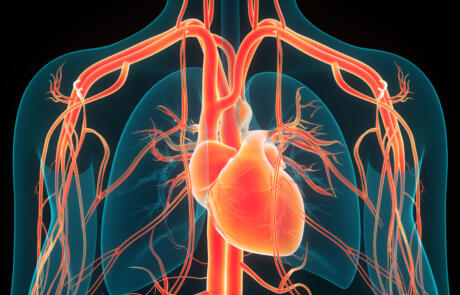Indwelling Portal Vascular Access Ports: Application, Advantages, and Management
In this webinar, Melanie Graham, MPH, PhD highlights the benefits and reliability of using vascular access ports (VAPs) in animal models.
Surgical Savvy: Continuous Refinement and Education
The Academy of Surgical Research (ASR), European Academy of Laboratory Animal Surgery (EALAS), and InsideScientific proudly present this 4-part webinar series focused on the ever-evolving world of research surgical techniques and practices.
SPARC Data and Resource Center Aims to Accelerate Research with Open Science
Sue Tappan, PhD, discusses the importance of open science and the SPARC Data and Resource Center, sharing their current initiatives and goals, as well as future directions for the program.
#ExpertAnswers: Kaitlynn Arnholt and Elaine Nam on Lab-Based Learning
Kaitlynn Arnholt and Elaine Nam discuss how the collaboration between ADInstruments and Vernier Science Education enhances lab-based learning.
#ExpertAnswers: Gethin Evans on Life Science Education Delivery
Gethin Evans delves into his experience teaching in the life sciences pre-, during, and post-pandemic and how his department invested in technology to assist with teaching content and delivery during the pandemic.
#ExpertAnswers: Jane Kusch and Marc Demolder on Technology-Enhanced Education
Jana Kusch, PhD and Marc Demolder, MSc, answer questions from a recent webinar where they discuss their experience with technology-enhanced education.
#ExpertAnswers: Patricia Halpin on the Uses of Technology for Teaching Physiology Online
Patricia Halpin answers questions from a recent webinar where she discusses how she harnesses technology to engage her physiology students in an online clinical pathophysiology course.
The Journey From Pandemic Teaching Into The New Normal
Join Gethin Evans, PhD as he delves into his experience teaching in the life sciences pre-, during, and post-pandemic and how his department has invested in technology to enhance teaching content and delivery.
It’s Time for Change! How to Promote Diversity, Equity, Inclusion, and Respect in your Chemistry Lab
In this webinar, we demonstrate our Rate Law Determination experiment that utilizes Vernier Science Education’s Go Direct SpectroVis Plus Spectrophotometer to study the kinetics of the reaction of crystal violet with sodium hydroxide.
Engaging Students Online in a Clinical Pathophysiology Course
In this webinar, Assoc Prof. Patricia Halpin, (Chair of the APS Teaching Section) discusses how she harnesses technology to engage her physiology students in an online clinical pathophysiology course.
Expert Perspectives on Technology-Enhanced Learning
Watch Jana Kusch, PhD and Marc Demolder, MSc as they discuss their experience with technology-enhanced education.
2023 New Ways to Learn: Harnessing the Power of Technology Webinar Series
A four-part webinar series focused on current and emerging trends in science education.
#ExpertAnswers: Wendy Riggs on Building an Online Classroom Community
Wendy Riggs discusses the difficulties of building a community in online classrooms and how to overcome these barriers using technology.
Creating Community in Online STEM Classes
Wendy Riggs, MS discusses the difficulties of building a community in online classrooms and how to overcome these barriers using technology.
#ExpertAnswers: Wendy Riggs on Virtual Education and Lab Experiences
Join Wendy Riggs, from College of the Redwoods, as she answers questions from a recent webinar where she discusses how she uses technology to facilitate meaningful learning opportunities for her students.
Examining the Anatomy and Physiology Lab Experience
Join Wendy Riggs for a deep dive into the virtual Anatomy and Physiology Labs that she runs at College of the Redwoods and how she uses technology to facilitate meaningful learning opportunities for her students.
#ExpertAnswers: Dee Silverthorn on Teaching Anatomy & Physiology
In this episode of Expert Answers, Dr. Dee Silverthorn answers questions on how the sudden appearance of the global pandemic of COVID-19 provides a unique opportunity to show students science in action.
#ExpertAnswers: Mark Nielsen on Teaching Anatomy & Physiology
In this episode of #ExpertAnswers join Mark Nielsen, a professor of human anatomy at the University of Utah, as he [...]
#ExpertAnswers: Tony Macknight on Teaching Anatomy & Physiology
In this episode of Expert Answers join Dr. Tony Macknight, the Director of Education at ADInstruments, as he answers questions from a recent webinar on how to future-proof teaching methods specifically for Anatomy and Physiology educators.
My Cousin, the Tree: Integrating the Anatomy & Physiology of Plant and Human Biology
Join Dr. John Waters as he discusses how to help students organize their understanding of biology around larger themes that are common across the life sciences. This is the fourth webinar in this 4-part series on how science education has evolved in the face of new challenges.
Using SARS-CoV-2 to Teach Physiology and Science
Join Dr. Dee Silverthorn for a discussion on how the sudden appearance of the global pandemic of COVID-19 provides a unique opportunity to show students science in action as researchers and healthcare professionals around the world scramble to understand the virus and its effects on the human body. This is the third webinar in this 4-part series on how science education has evolved in the face of new challenges.
Understanding the Peripheral Nervous System
Mark Nielsen discusses the evolutionary and developmental patterns that clarify the structural organization of the peripheral nervous system. This is the second webinar in a 4-part series on how science education has evolved in the face of new challenges.
How to Future-Proof Your Teaching
Join Dr. Tony Macknight as he discusses how to adapt your teaching techniques to ensure you can teach from anywhere. This is the first webinar in this 4-part series on how science education has evolved in the face of new challenges.
Teaching Anatomy and Physiology Webinar Series
A four-part series focused on current and updated teaching techniques in Anatomy and Physiology for science educators.
